Haplorrhini Primates
1/36
Earn XP
Description and Tags
An overview of the suborder Haplorrhini. Not comprehensive, but just enough.
Name | Mastery | Learn | Test | Matching | Spaced |
|---|
No study sessions yet.
37 Terms
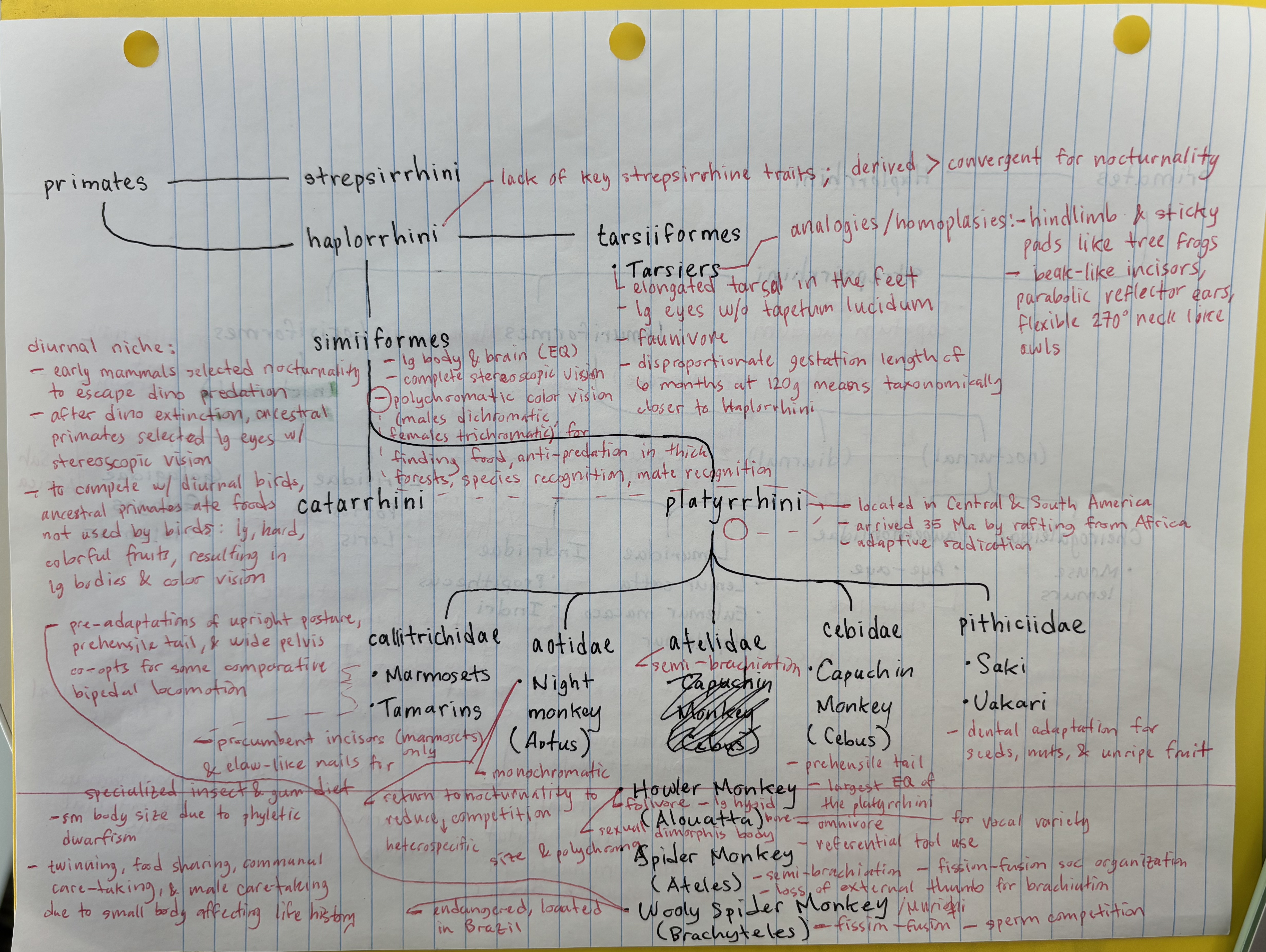
haplorrhini
a suborder of the order primates; lack of strepsirrhini traits; selection for derived traits instead of convergent traits for the purposes of nocturnality
tarsiiformes
an infraorder of the suborder haplorrhini
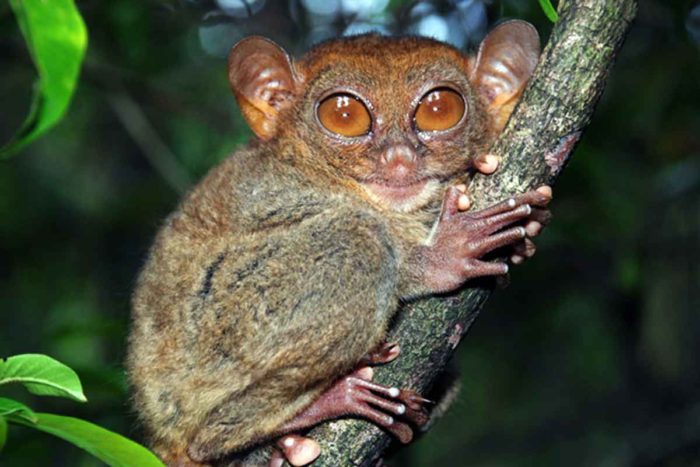
tarsiers
Family: Tarsiidae
named b/c of the elongated tarsal bones in the feet
large eyes w/o tapetum lucidum
faunivore
disproportionate gestation length of 6 months at 120g body weight means taxonomically closer to haplorrhini instead of strepsirrhini
homoplasies:
hind limbs & sticky pads like tree frogs’
parabolic reflector ears and flexible 270 degree neck turn like owls’
simiiformes
an infraorder of the suborder haplorrhini
large body & brain (EQ)
complete stereoscopic vision
platyrrhini (“neotropical primates”)
a parvorder of the infraorder simiiformes
located in Central & South America
arrived 35 Ma by rafting on vegetation from Africa
like lemuriformes, underwent adaptive radiation
polychromatic color vision (males dichromatic, females trichromatic) for:
finding food
anti-predation in thick forests
species & mate recognition
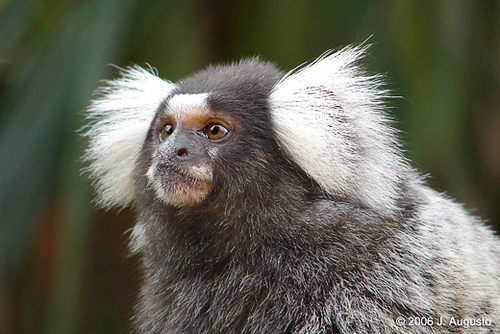
Marmosets
Family: Callitrichidae
procumbent incisors
claw-like nails
specialized insectivore & gummivore diet
small body size due to phyletic dwarfism, which affects life history:
twinning
food sharing
communal care-taking w/ male care-taking
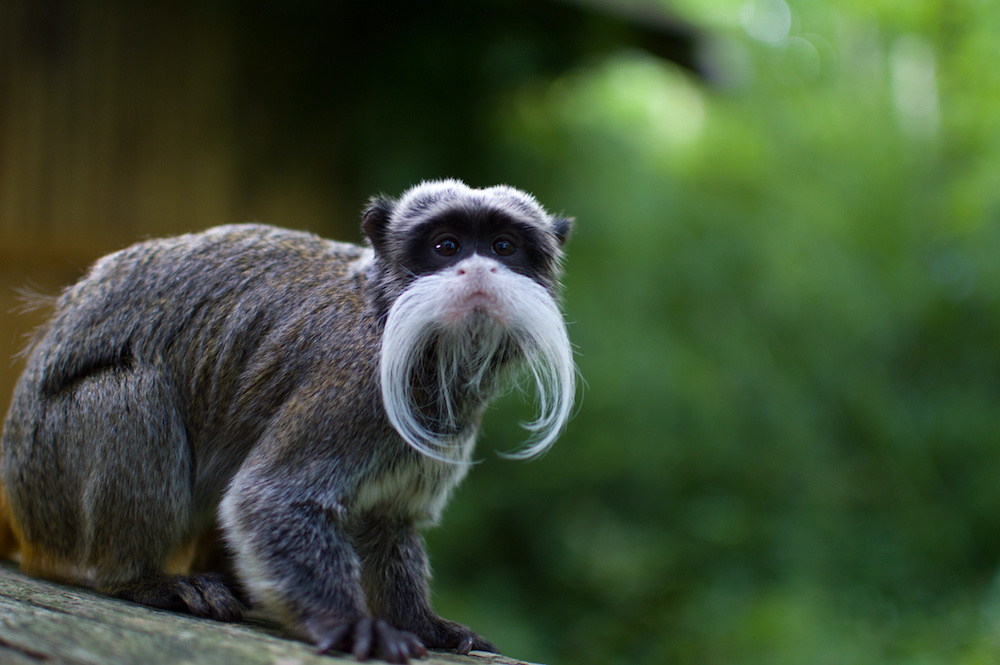
Tamarins
Family: Callitrichidae
lack of procumbent incisors
claw-like nails
specialized insectivore & gummivore diet
small body size due to phyletic dwarfism, which affects life history:
twinning
food sharing
communal care-taking w/ male care-taking
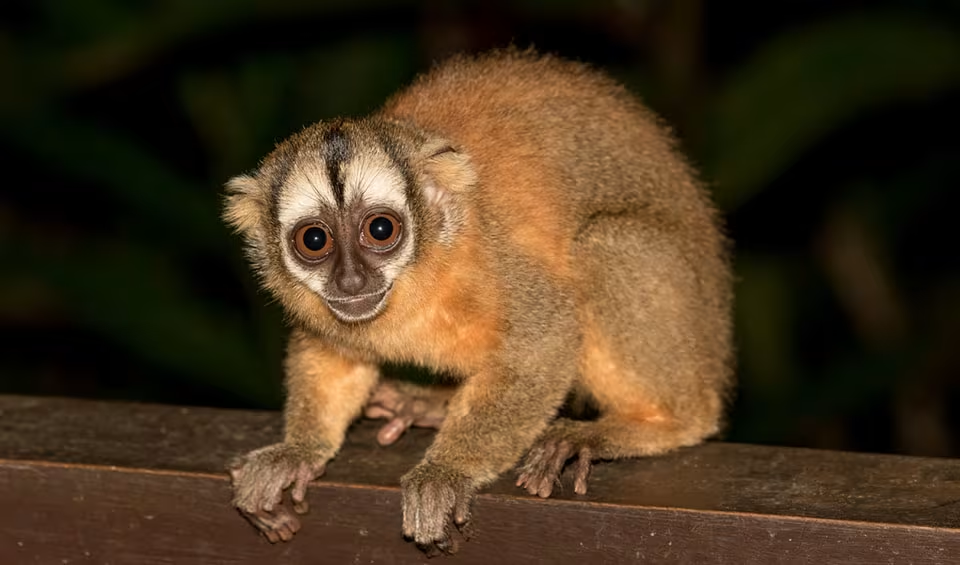
Night monkey
Family: Aotidae; Genus: Aotus
return to nocturnality to reduce heterospecific competition
monochromatic color vision
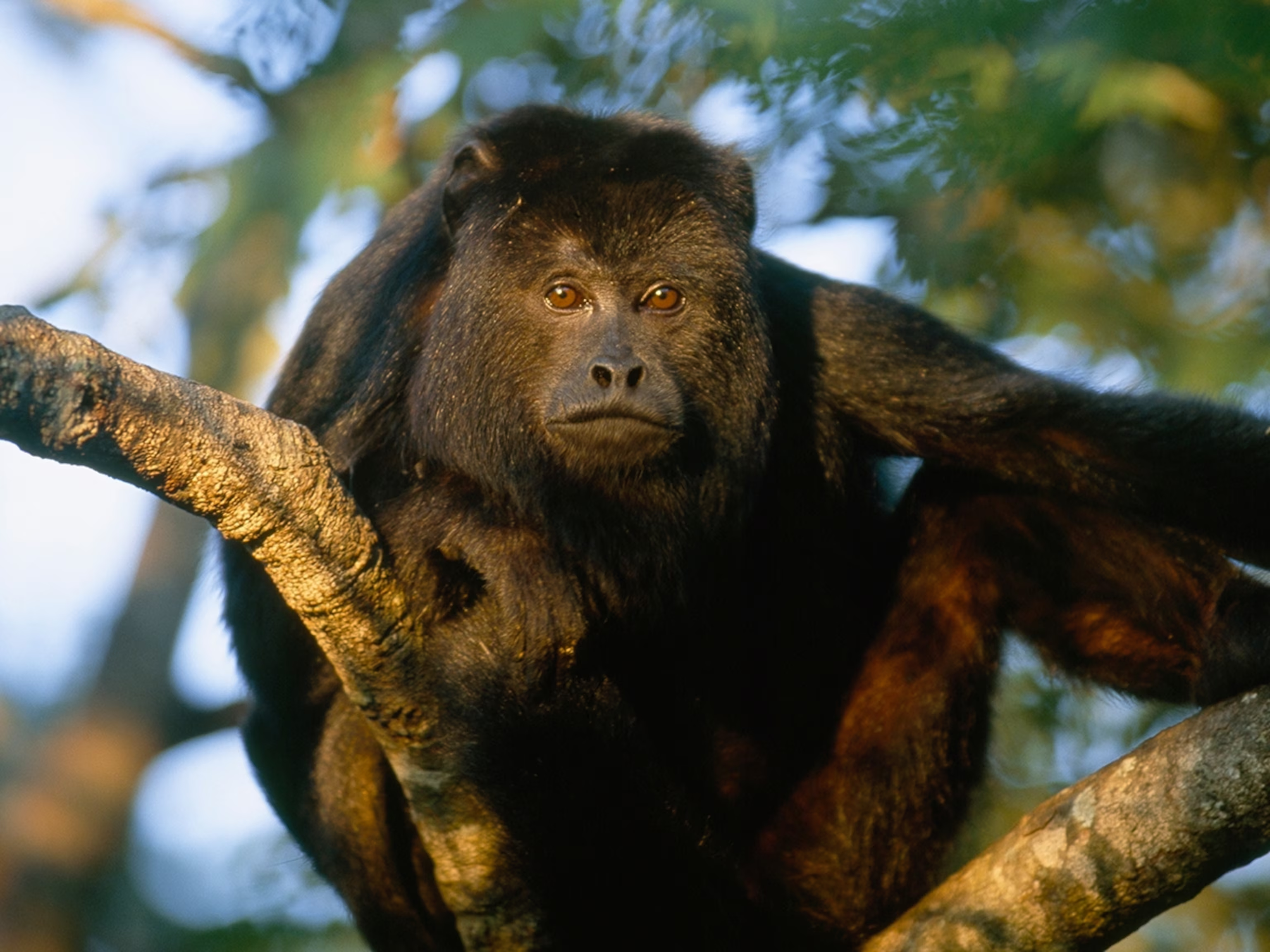
Howler monkey
Family: Atelidae; Genus: Alouatta
semi-brachiation
folivore
enlarged hyoid bone for varied vocalizations
sexual dimorphisms: body size & polychromatism
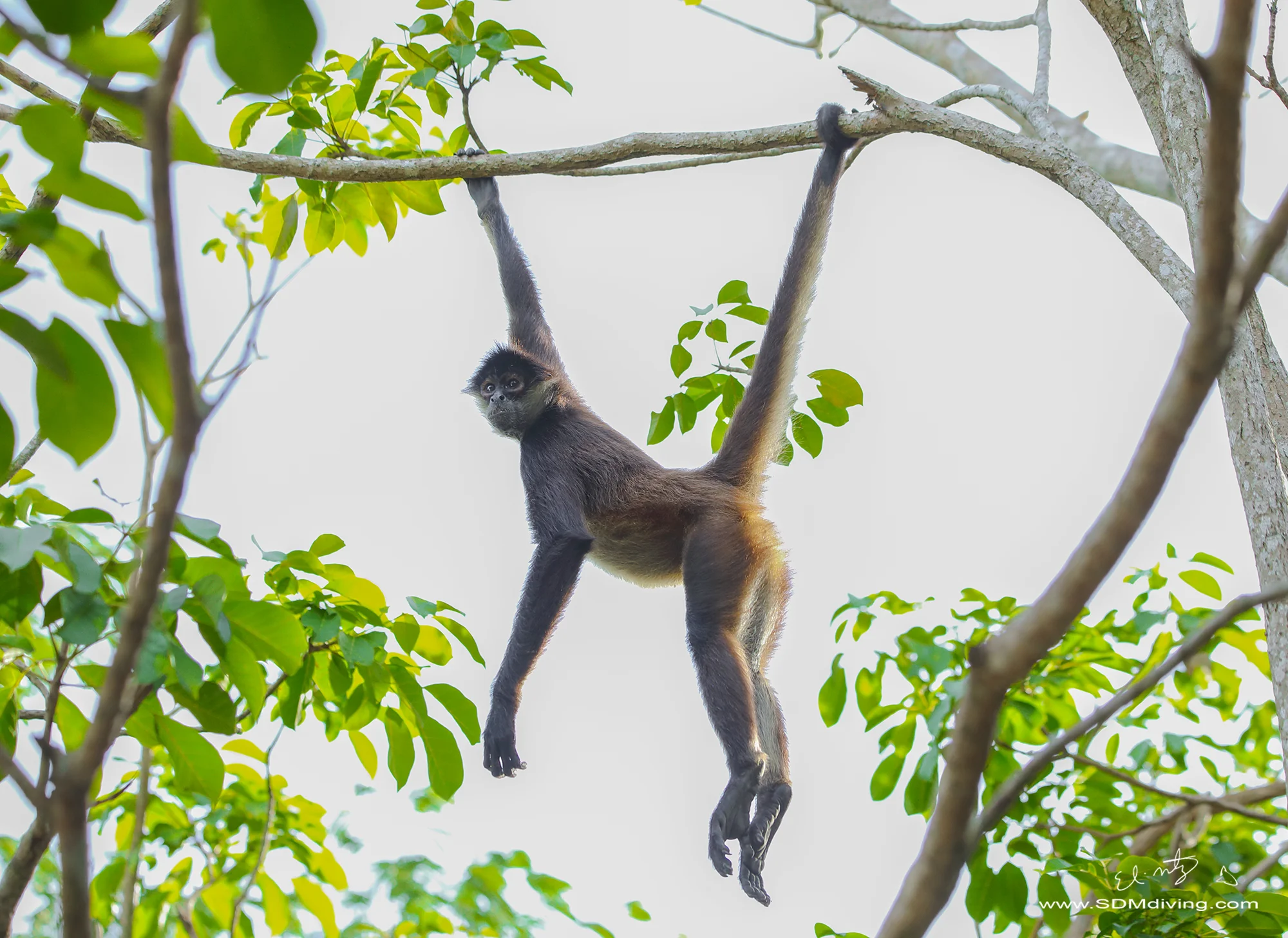
Spider monkey
Family: Atelidae; Genus: Ateles
semi-brachiation
loss of external thumb for semi-brachiation
fission-fusion soc org
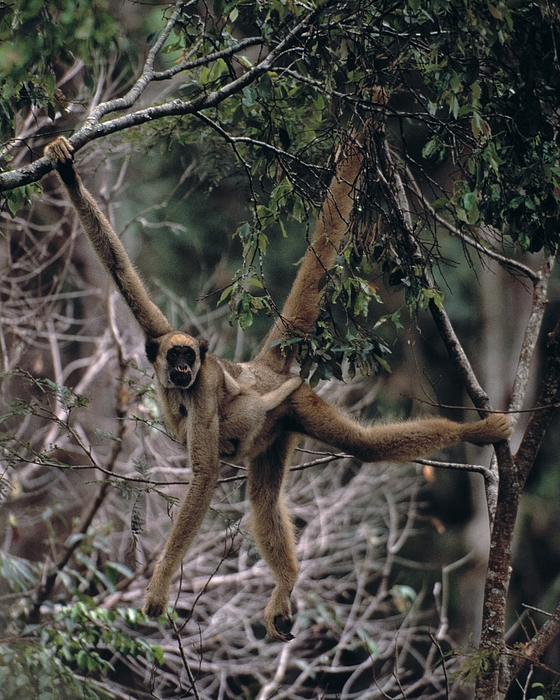
Woolly spider monkey (“Muriqui”)
Family: Atelidae; Genus: Brachyteles
endangered, located in Brazilian rainforests
bushy fur
fission-fusion soc org
sperm competition
pre-adaptations: upright posture, prehensile tail, wide pelvis
exaptation: comparable bipedal locomotion
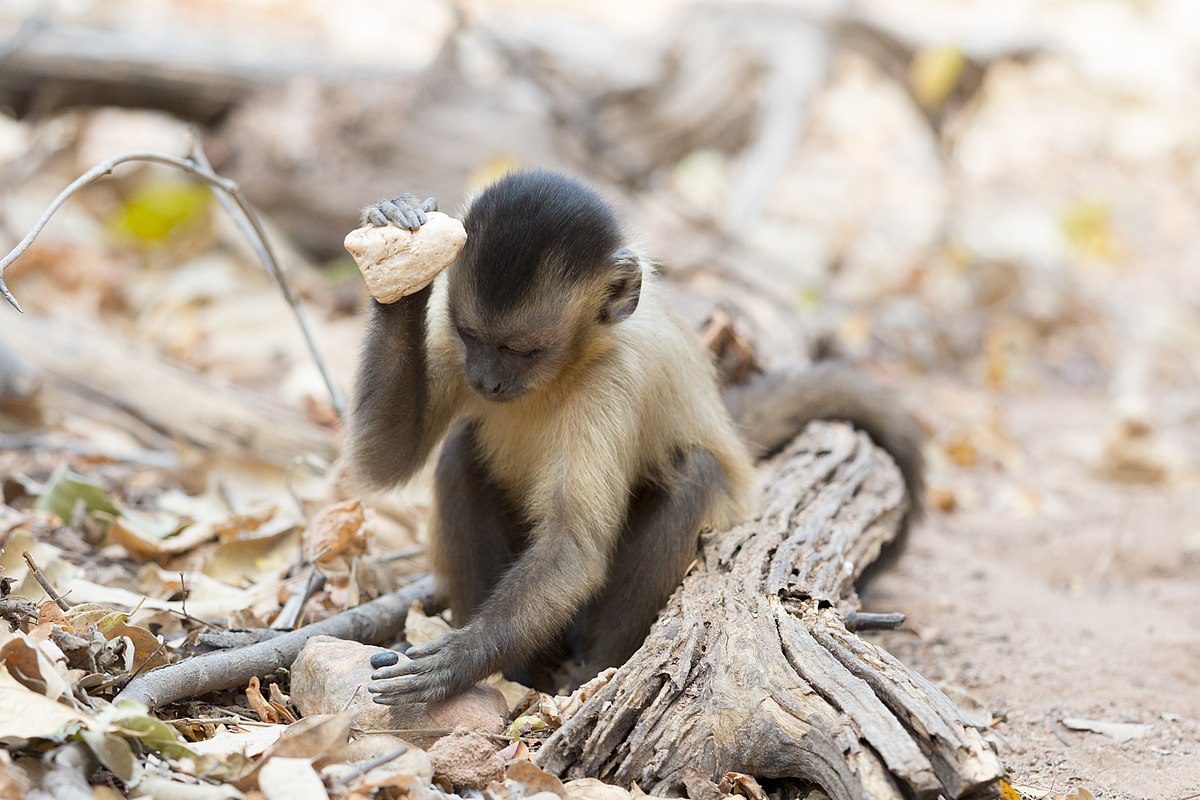
Capuchin monkey
Family: Cebidae; Genus: Cebus
largest EQ of all the platyrrhines
prehensile tail
omnivore
referential tool use
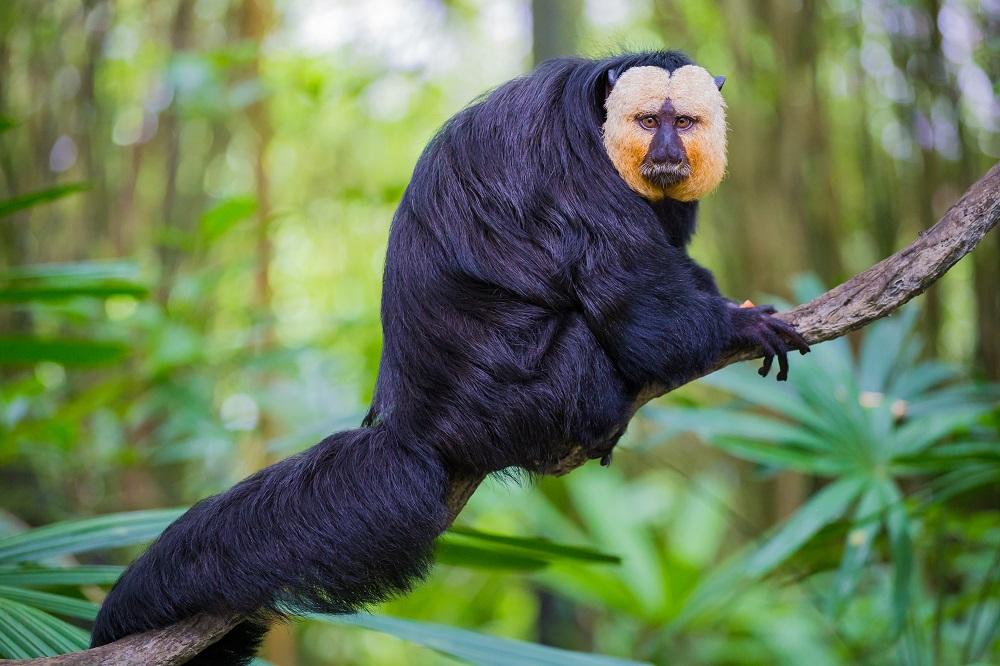
Saki
Family: Pithiciidae
dental adaptations for seed, nut, & unripe fruit diet
varied soc org
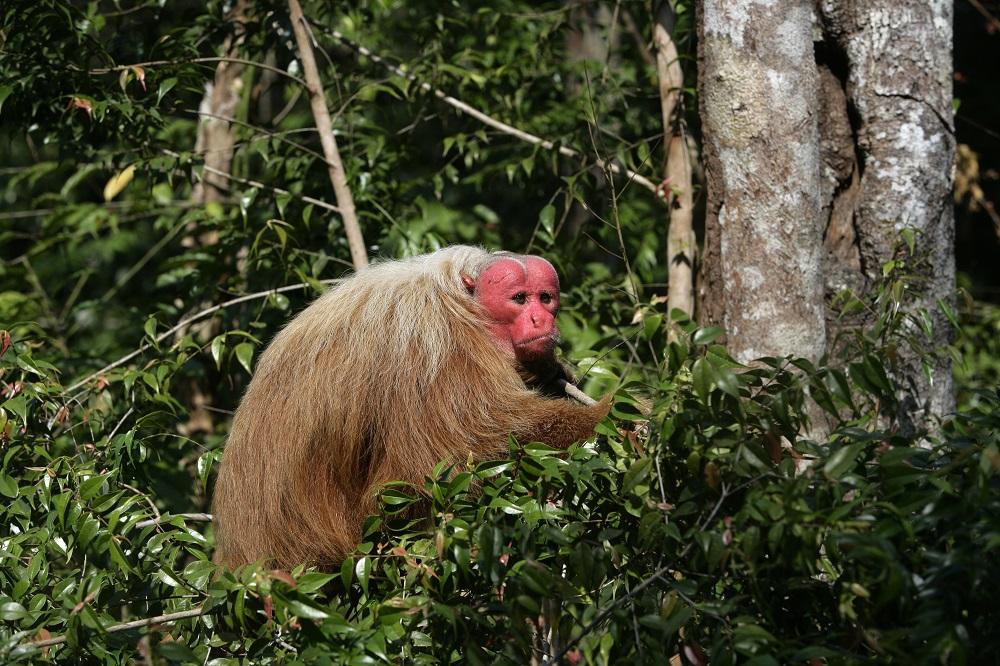
Uakari
Family: Pithiciidae
red face b/c facial skin is 60-70% thinner than most other primates, resulting in coloration from the blood vessels
dental adaptations for seed, nut, & unripe fruit diet
multi-male, multi-female soc org
The Diurnal Niche
Early mammals selected nocturnality to escape dinosaur predation. After dinosaur extinction, ancestral primates selected large eyes with stereoscopic vision. To compete with diurnal birds, ancestral primates ate foods not used by birds: large, hard, and colorful fruits, resulting in larger bodies and enhanced color vision.
catarrhini
a parvorder of the infraorder simiiformes:
larger body sizes than platyrrhini
basic arboreal & terrestrial quadrupedal locomotion (no VCL)
all have trichromatic color vision
less specialized behavior
greater hand dexterity
cercopithecidae
a family in the parvorder catarrhini
cercopithecinae (“cheek pouch monkeys”)
a subfamily in the family cercopithecidae:
ischial callosities
cheek pouches
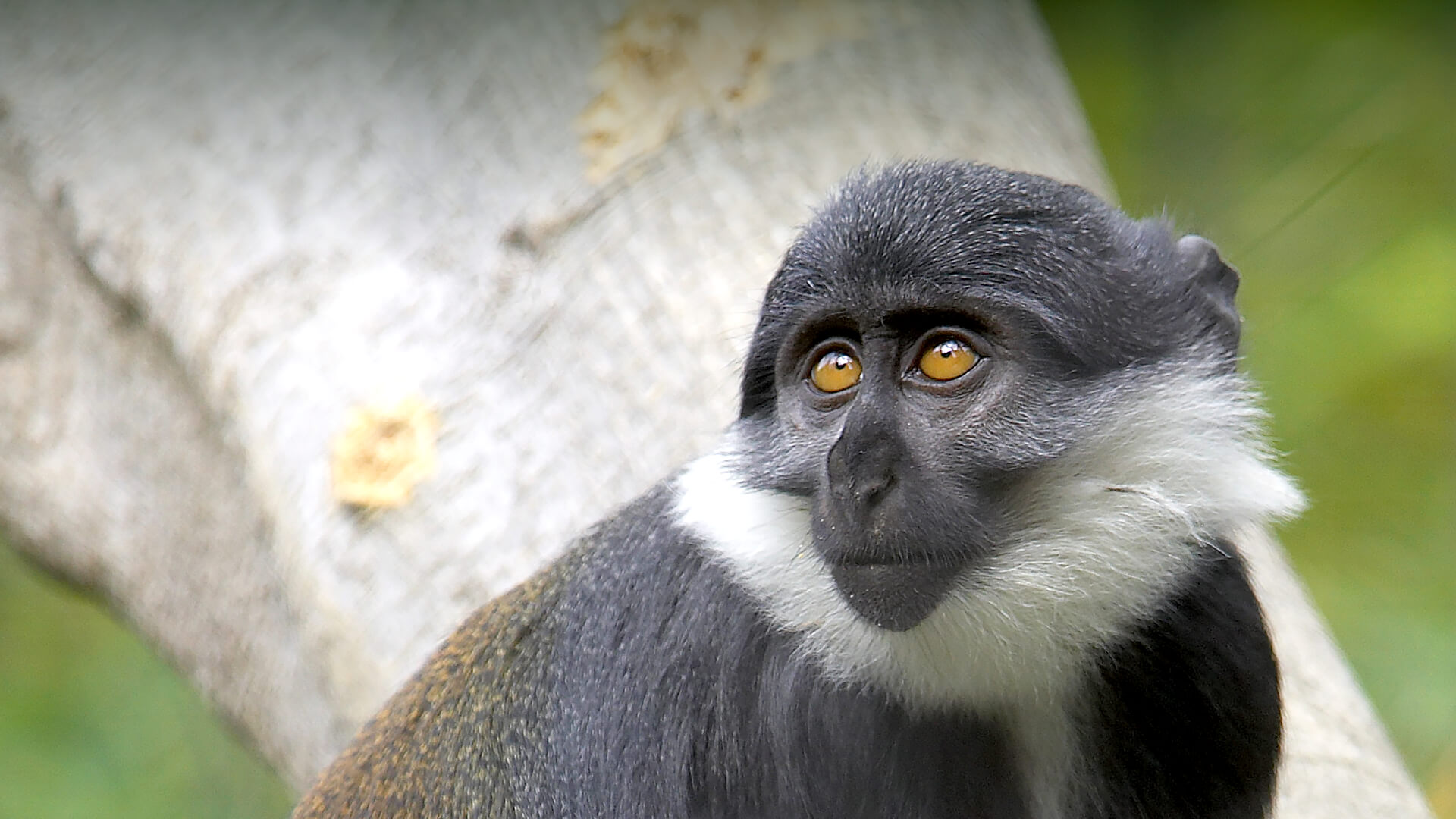
guenons
Subfamily: Cercopithecinae
arboreal
anatomically similar limb proportions
long tail
quadrupedal locomotion
reduced sexual dimorphism & varied body colorations due to sympatry w/ other species and territoriality
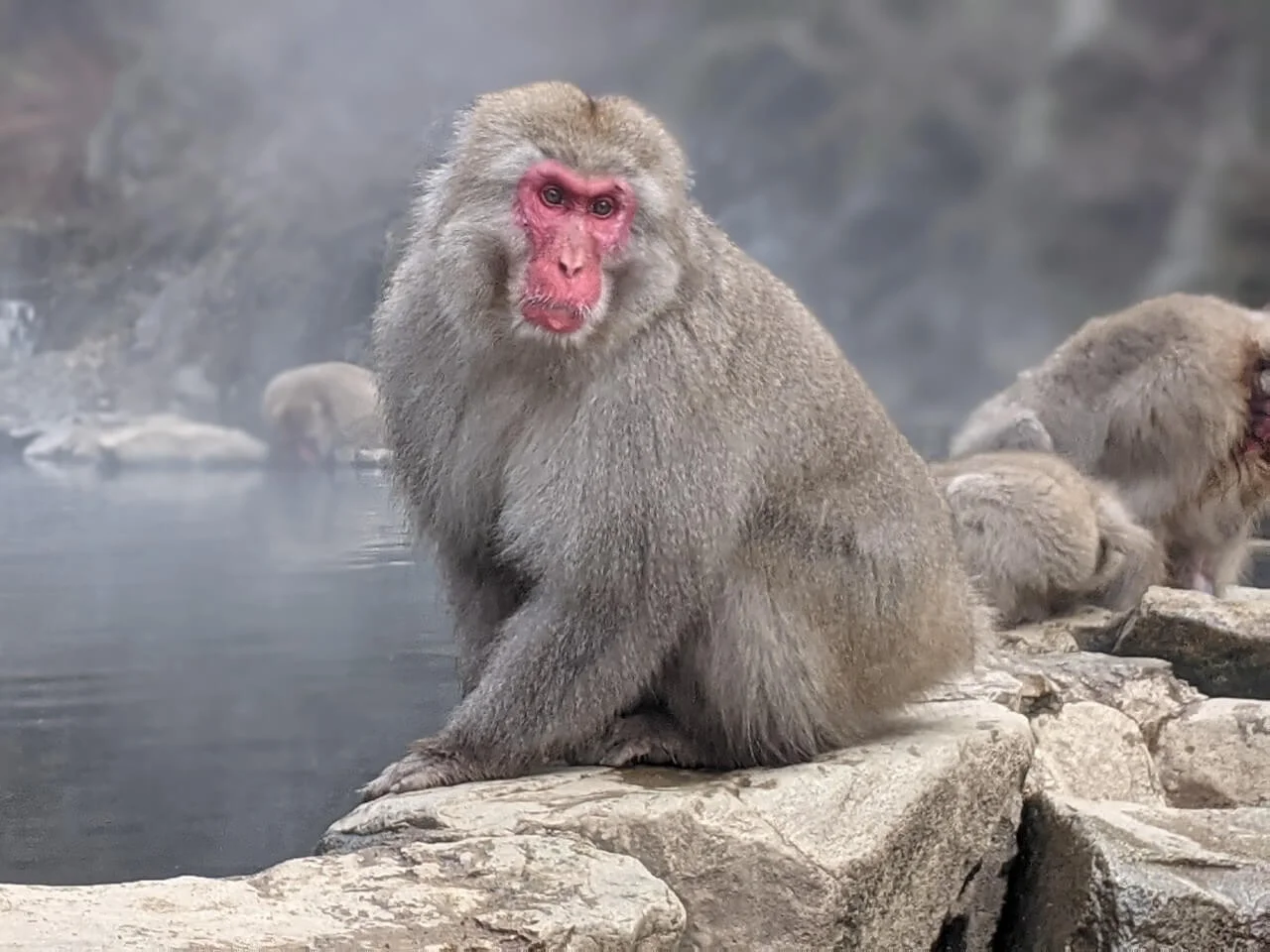
macaques
Subfamily: Cercopithecinae
semi-arboreal
successful adaptive radiation
Japanese macaques are able to survive cold winters
homoplasy: varied and continuous eye colors due to…
vitamin D absorption like humans
sexual selection & species recognition like lemurs and spider monkeys
pre-cultural behavior of washing sweet potatoes
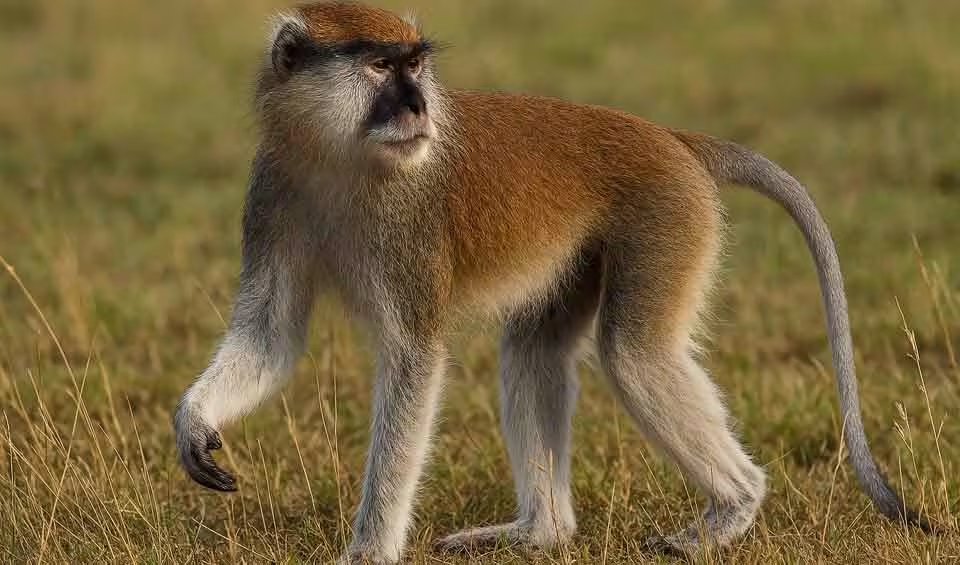
Patas monkeys (Erythrocebus patas)
Subfamily: Cercopithecinae
terrestrial
large home ranges along equatorial savannas due to specialized gum and insect diets
fastest primate at 35 mph
sexual dimorphism: body size
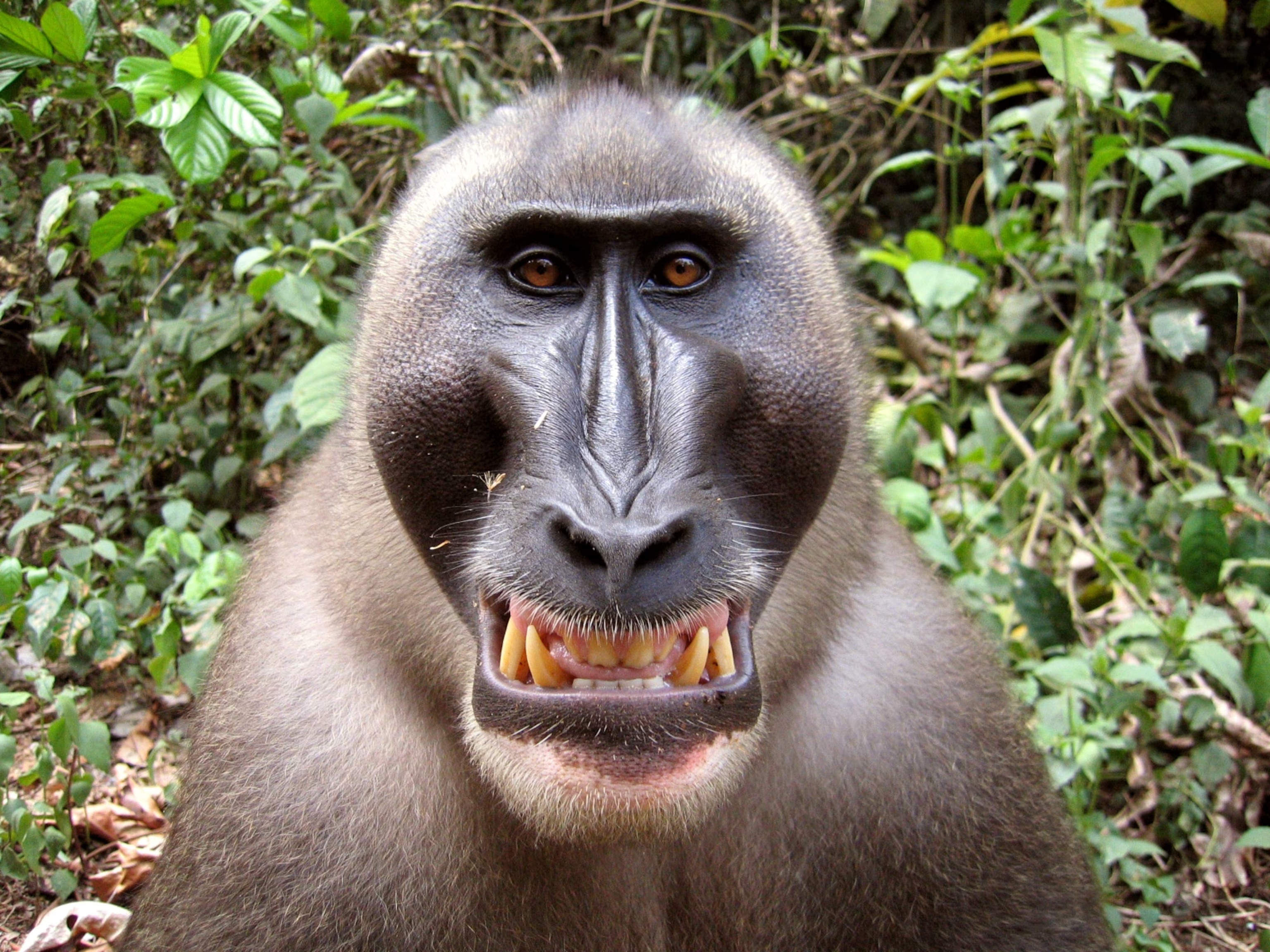
Mandrills and drills
Subfamily: Cercopithecinae
terrestrial
sexual dimorphism: body color & body size; testosterone in males is proportional to body color of males
sexual swellings
social organization hordes of up to 100 specimens
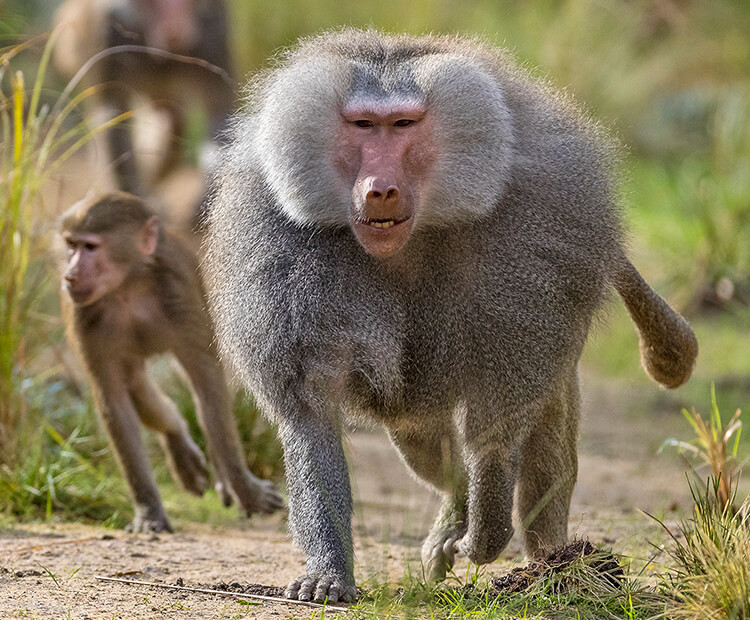
baboons
Subfamily: Cercopithecinae
terrestrial, savanna habitat
sexual dimorphism
sexual swellings
omnivore diet
sectorial premolar for honing
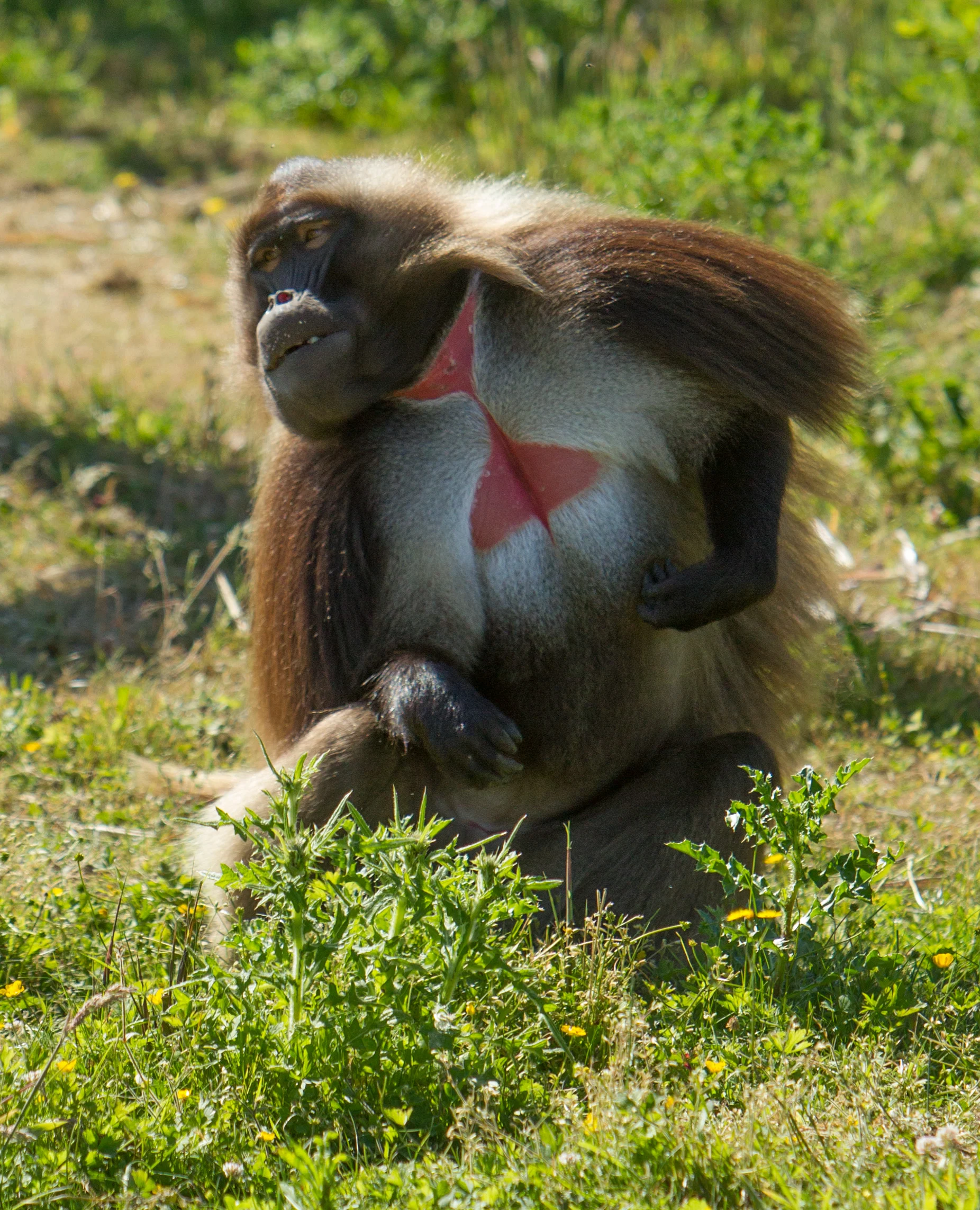
gelada baboons
Subfamily: Cercopithecinae
terrestrial
grass seed specialized diet
male puberty
female chest swellings along with sexual swellings
male bachelor groups due to ¿extreme sexual selection?
colobinae (“Leaf-eating monkeys”)
a subfamily in the family cercopithecidae:
ischial callosities
sacculated stomachs to digest leaves
leaf specialized diet
advantages: abundant, accessible, high in fiber and energy
disadvantage: requires high number of probiotics in the gut for digestion, since leaf diet is not typical for mammals
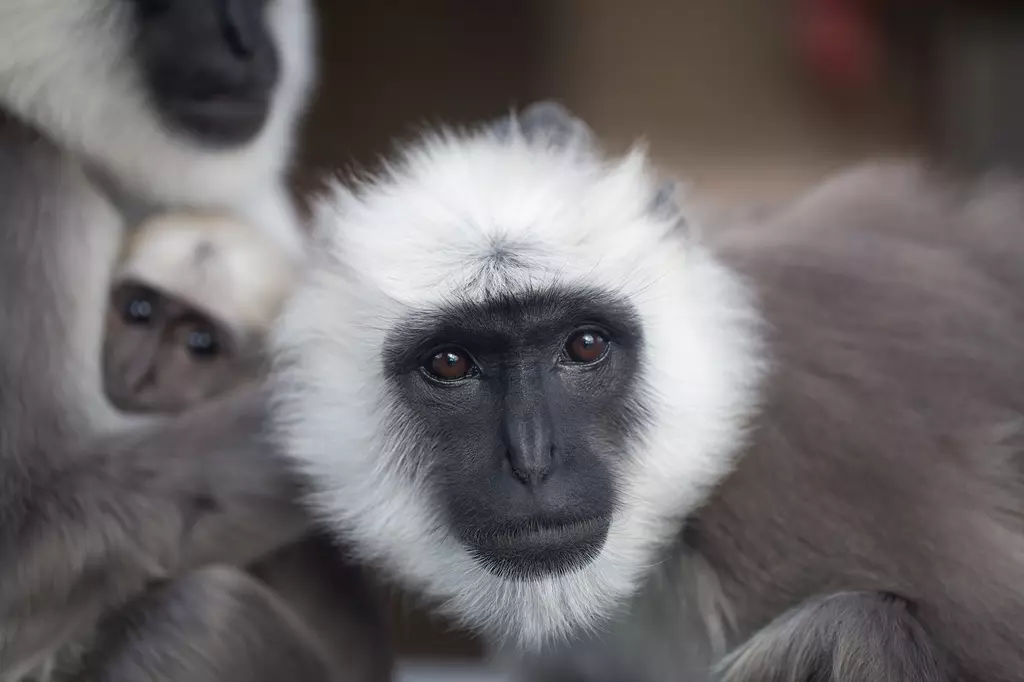
gray langurs (Semnopithecus)
Subfamily: Colobinae
a.k.a. “Hanuman”
located in India
sympatric w/ humans
sacred in Hindu/Indian worldview
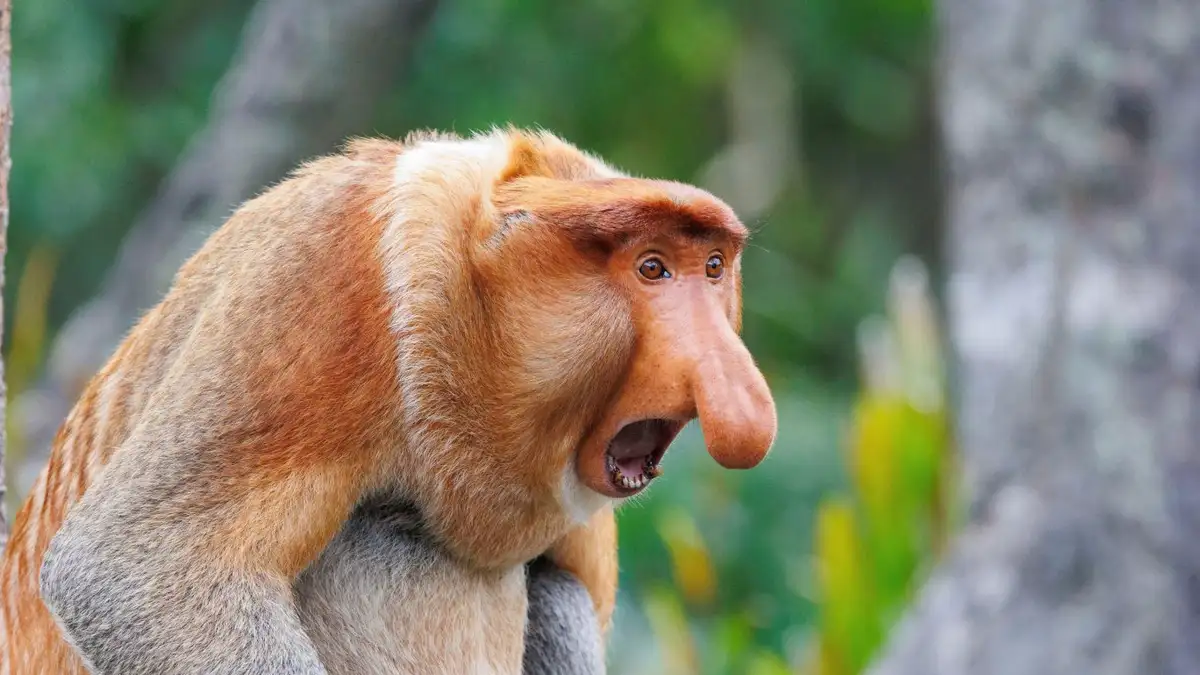
Proboscis monkey (Nasalis lavartus)
Subfamily: Colobinae
located in mangrove forests of Borneo, Indonesia
sexual dimorphism: male body size and nose size > females’
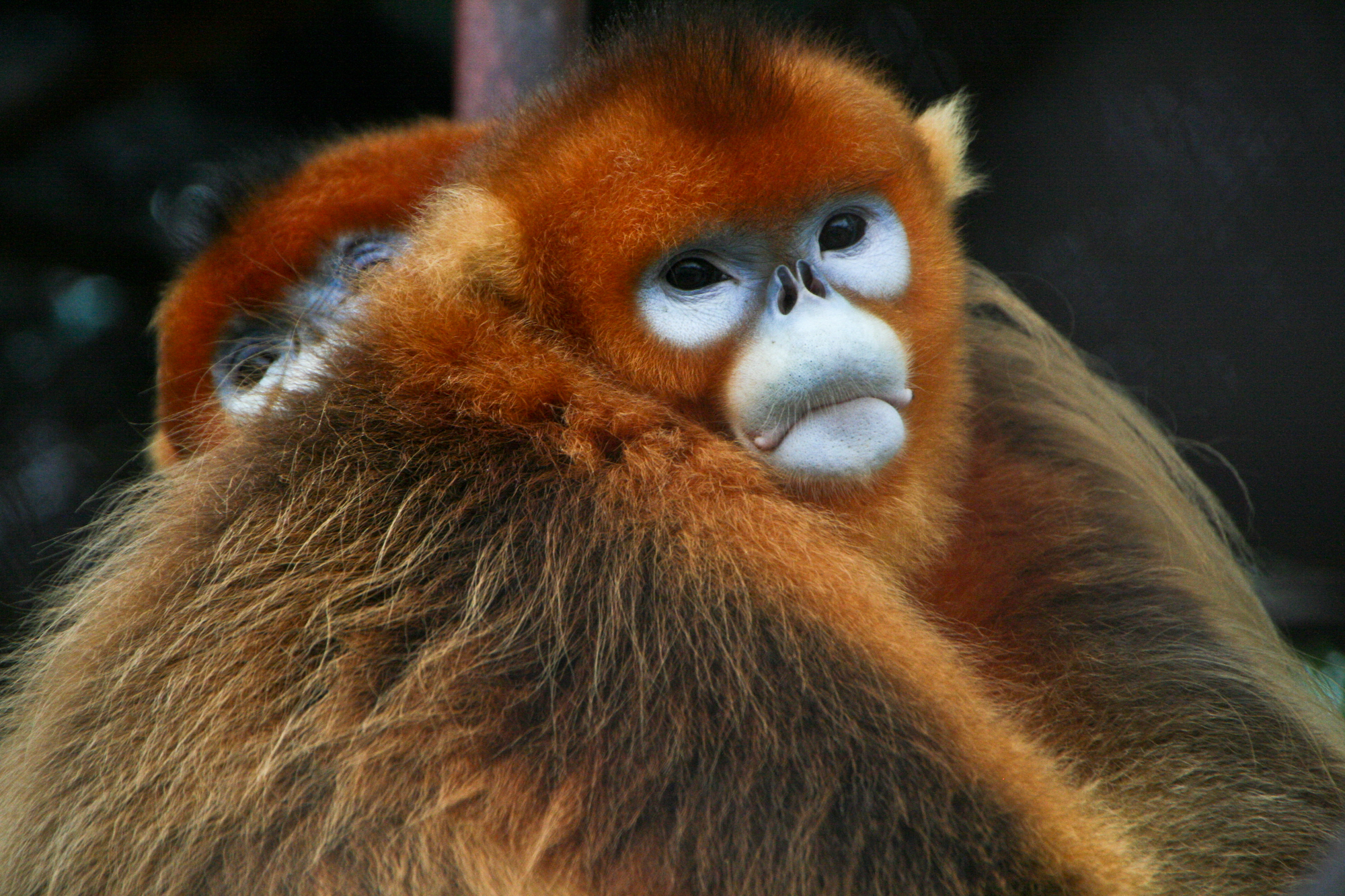
snub-nosed monkey (Rhinopithecus)
Subfamily: Colobinae
located in China, temperate habitats
varied diet: bark and lichen
sexual dimorphism: male body size > females’
single-male, multi-female soc org
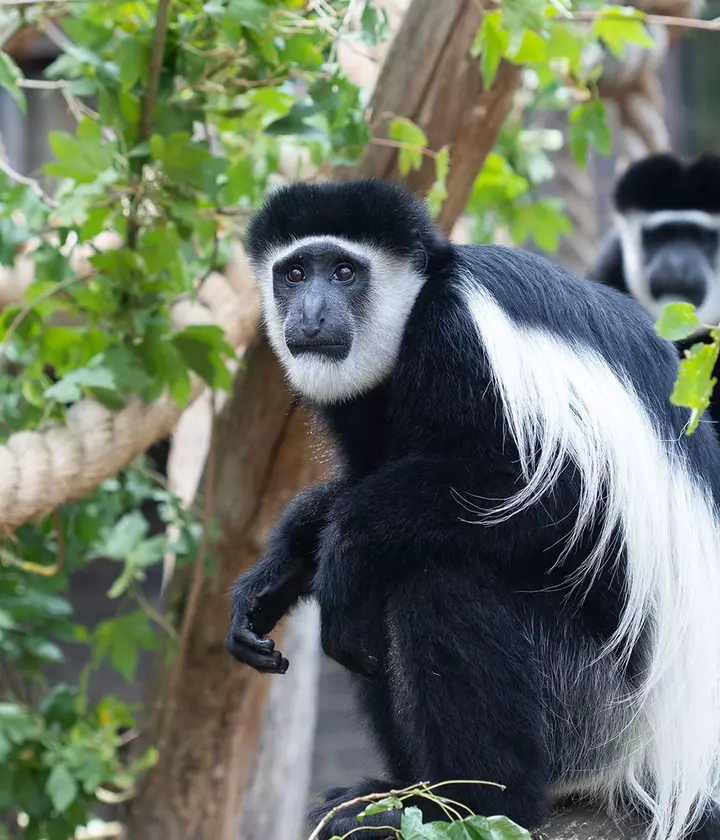
Black and white colobus monkeys
Subfamily: Colobinae
located in Africa
thumb buttons instead of full external thumbs
poached for luxury fur fashion from 1900-1940, now endangered
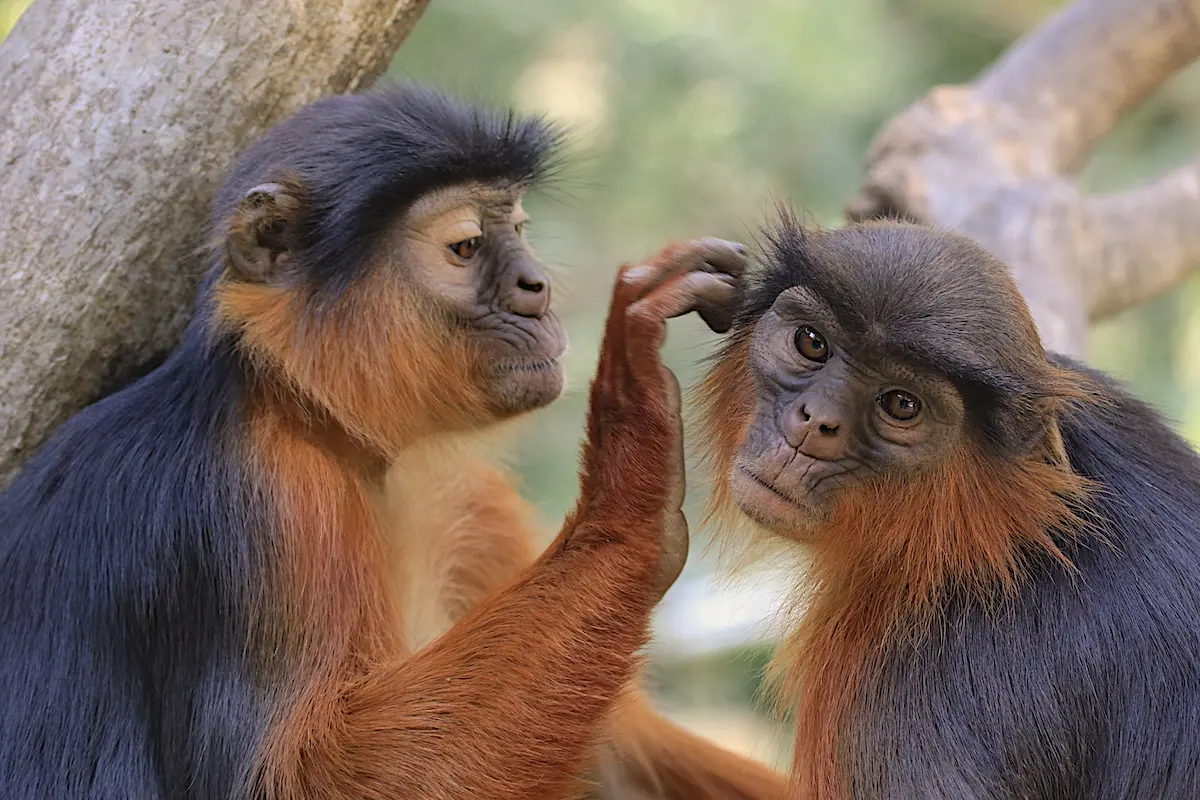
Red colobus monkey
Subfamily: Colobinae
located on Zanzibar Kirk Island, Uganda
human toxic foods diet: e.g. charcoal for digestion
hylobatidae (“the Asian Apes”)
a family in the parvorder catarrhini
gibbons and siamangs
Family: Hylobatidae
located in Asian rainforests
sm body size
sexual dimorphism: dichromatic coat color
diet: ripe fruits and some leaves
locomotion: arboreal brachiation
homoplasy: limb anatomy for specialized brachiation like spider monkeys
social organization: monogamous family groups
behavior: highly territorial, duet performances
reproduction: female puberty at age 8; interbirth interval = 3 yrs; only 5 surviving offspring during 20-30 yr life span
conservation status: due to human-caused deforestation and arboreal locomotion, they’re unable to eat many ripe fruits like before
orangutans (Bornean, Sumatran, Tapanuli)
Family: Hominidae; Genus: Pongo
located in tropical rainforests of Borneo and Sumatra, Indonesia
Lg body size
extreme sexual dimorphism: body size
diet: frugivore using bunodonts
locomotion: arboreal quadrumanous, bridging behavior
social organization: often solitary, but sometimes fusion during abundant fruit season
reproduction: female sexually mature at age 7; interbirth interval = 8 yrs; 4-5 offspring during life span; long infant and juvenile dependency; mating w/ adult males is preferred, but forced young male mating can sometimes occur
conservation status = critically endangered
hominidae (“the African and Asian apes”)
a family in the parvorder catarrhini:
climbing and suspensory locomotion, a pre-adaptation for bipedal exaptation
orthograde instead of pronograde
no tail
broad chest
short stable spine
broad pelvis
larger brains than most monkeys
slower life histories than monkeys
gorillas (Gorilla gorilla and Gorilla beringei)
Family: Hominidae; Genus: Gorilla
located in limited rain/seasonal forests in Africa
Lg body size
sexual dimorphism: body size, appeara
diet: G. beringei is folivore, G. gorilla is folivore and frugivore
specialized geophagia for digesting high fiber
sagittal crest for masticatory muscles and sexual
locomotion: arboreal climbing, semi-terrestrial knuckle-walking
social organization: single-male, multi-female
reproduction: silverbacks are dominant in mating; female puberty at age 10; interbirth interval = 8 yrs; gestation = 8.5 months; sexual selection
chimpanzees (Pan troglodytes) and bonobos (Pan paniscus)
Family: Hominidae; Genus: Pan
location: chimps located in rainforests and savannas; bonobos located only in the rainforests of the DRC
diet: ripe fruit
locomotion: chimps do arboreal climbing and semi-terrestrial knuckle-walking; bonobos are more slender, allowing for some bipedalism
social organization: multi-male, multi-female with fission-fusion, depending on fruit availability
chimps exhibit male dominance
bonobos exhibit female dominance or egalitarianism
behavior: tool use to gather hard-to-acquire foods, hunting animal prey; sexual behavior to diffuse aggression
reproduction: female puberty at age 12; sexual swellings; interbirth interval = 5-6 yrs; maternal dependency = 8 yrs